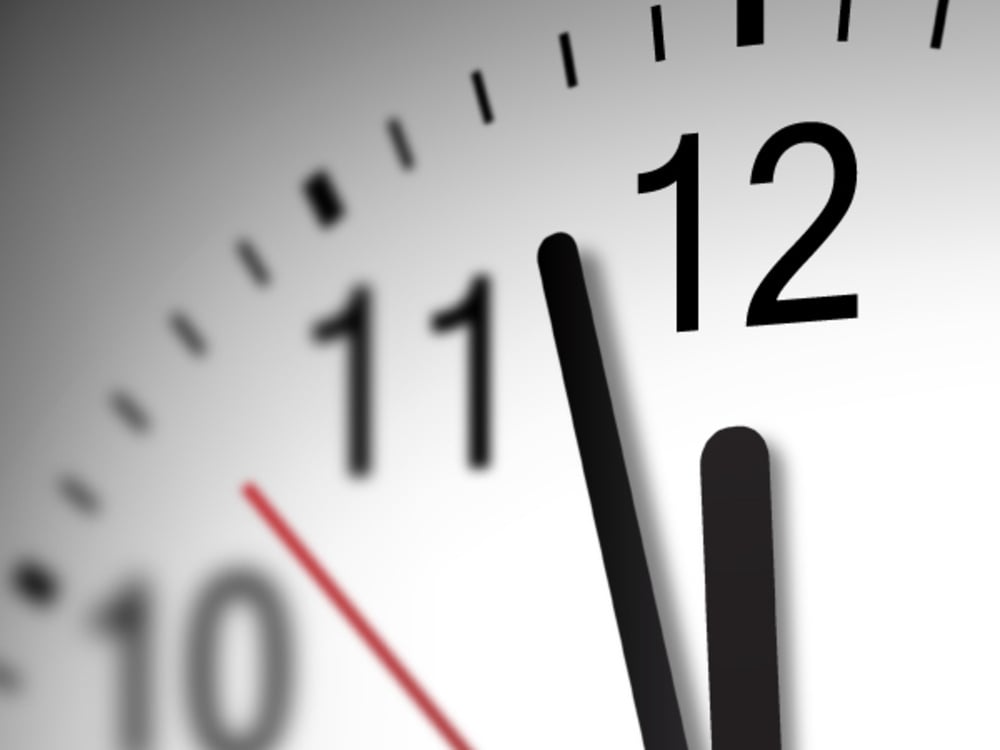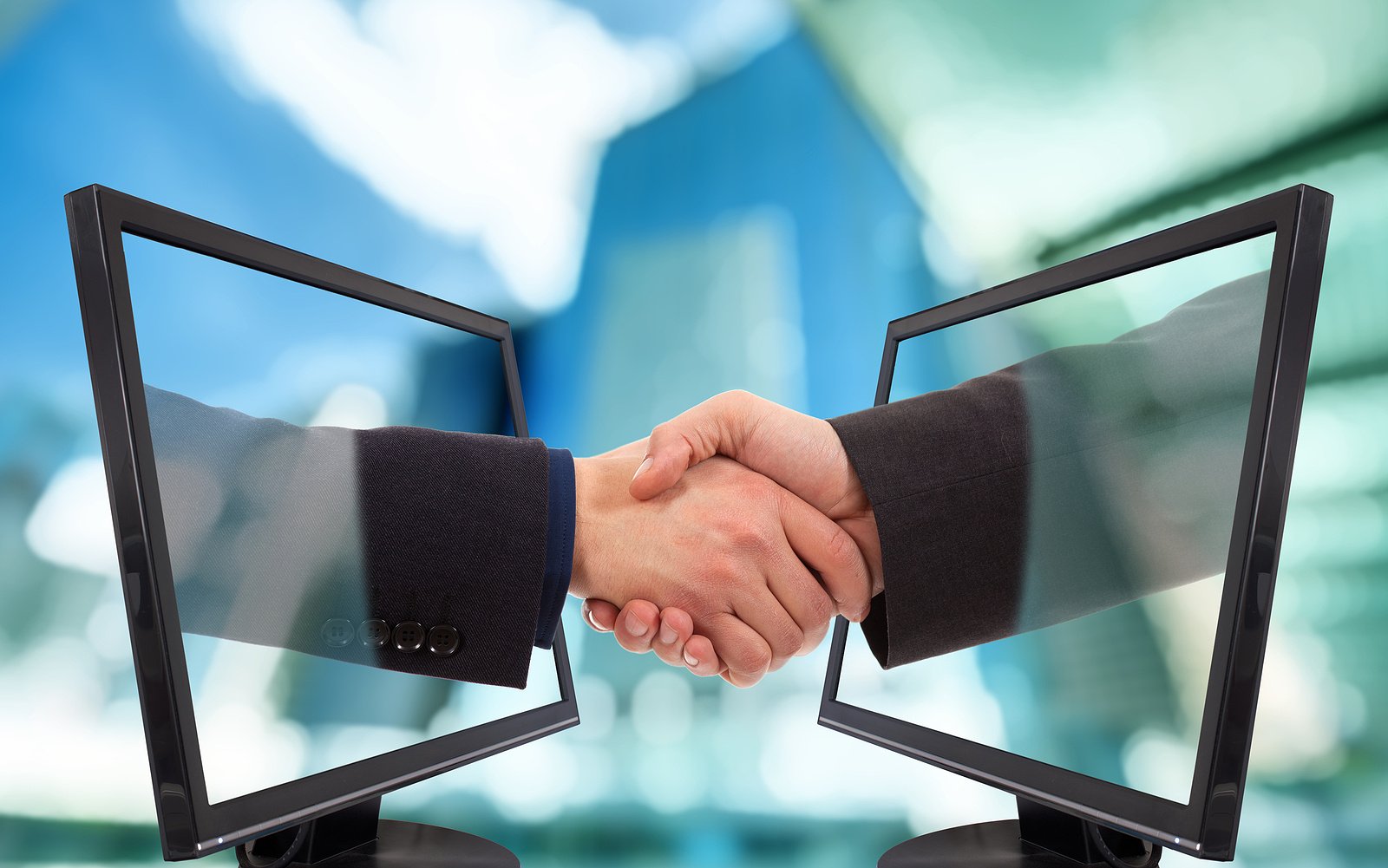Make Contact: Networking in a Digital Age
If there’s one thing those in self-storage enjoy, it’s a good networking event. The industry is well-known for hosting many throughout the course of a year, from intimate seminars and luncheons to large trade shows and conferences. Attending these gatherings gives people the chance to learn new things, connect with businesses and vendors, and of course, engage in some good ol’ industry gossip.
Of course, technology has greatly transformed the way we interact with one another, and it is having an impact on the way we network today. Will in-person gatherings become a thing of the past in our digital age? Unlikely, though advancements in communication technology are sure to continue to usher in some changes.
The Rise of Digital Networking
When the pandemic hit, networking events which routinely attracted more than one billion participants each year were shut down as convention centers emptied and hotels shuttered. Always resilient, the self storage sector turned to virtual events and webinars to engage with one another.
“I always go to all the big shows,” says Carol Mixon, owner of SkilCheck Services Inc., which provides self-storage auditing and consulting services. “But, when it wasn’t an option, I created a YouTube channel in order to keep my name and valuable content out there.”
But, she says, it just wasn’t the same, and that sentiment was felt by many. A survey by APCO Insight at the height of the pandemic showed that an overwhelming 81 percent of Americans were eager to return to in-person meetings and conventions.
As COVID waned and events resumed, people returned albeit in smaller numbers. Brian Massey, founder at Conversion Sciences, says that the lingering effects of the pandemic may partially be to blame. “A person’s Myers-Briggs personality type doesn’t typically change much over their lifetime, but COVID may have altered behaviors,” he says. “Pre-pandemic, I was a borderline extrovert-introvert. I retook the Myers-Briggs test afterwards and discovered I’d crossed over to introvert. It’s possible this happened to others too.”
In addition to the aftereffects of COVID, some members of the younger generations have also opted out of in-person networking events. Skift Meetings, a publication for the event industry, writes that a dearth of young conference-goers at today’s gatherings has sparked a conversation about participation trends and what this could mean for the event industry’s future.
Miguel Neves, Editor-in-chief at Skift Meetings, believes that while networking is the most important part of what makes in-person events great, technology can play an important role in maximizing business networking opportunities.
“Today's tools are sophisticated and user-friendly, and they can make in-person events more productive and enjoyable,” Neves says. “The good news is that technology can feel seamless and natural when it is properly implemented. This is attractive to all attendees but even more so to younger digital natives.”
“I really think it has to do with comfort levels,” Mixon theorizes. She feels that while older generations may be comfortable meeting with hundreds of people, younger people who grew up behind a computer may not be as comfortable. “They’re likely already doing a lot of their networking online, but it’s beneficial for them to make in-person connections too. It’s up to us industry veterans to help them do this.”
Augmenting Physical Networking with Digital Networking
One person who blends the physical with the digital is M. Anne Ballard, President of Marketing, Training & Developmental Services for Universal Storage Group (USG). She loves mingling at industry events but also recognizes the benefits of digital networking. One way she does this is through a simple QR code, which has made a big comeback in recent years.
“10 years ago people looked at us like we were purple people-eaters for using QR codes,” laughs Ballard. “But now, we use them for all sorts of things. We include them on all our presentation slides so people can easily access information they find valuable. Each of us also has a personal QR code that people can scan into their phone and immediately have our contact information.”
Ballard says that like most companies, USG engages with event attendees through email and social posts pre-event (highlighting presentations and booth location), during event (sending reminders), and post-event (providing contact information and special offers). Following the event, administrators also give attendees a personal phone call. “Always follow up the digital with the physical,” she says.
Mixon agrees that merging physical and digital networking is a great tactic. “Personal connections go a long way, but those are often easier to forge in smaller communities, like Hawai’i Self Storage has done,” says Mixon. The self-storage company has given back more than $3 million to the community through donations, scholarships, and athletic sponsorships.
Continues Mixon, “Of course, networking in this way becomes tougher the larger the city or community. That’s when you really need to rely on your digital connections and online social presence.”
Using a Management Company to Grow Your Network
When it comes to developing social circles, Entrepreneur magazine suggests business owners nurture the following types of relationships:
- 3-5 people for advice and support at any time.
- 5-15 people for help with specific questions.
- 15-200 acquaintances for occasional communication.
- 200-1,500 distant contacts for limited conversation.
- 1,500+ followers who aren’t direct contacts.
Of course, this can be easier said than done for some individuals. That’s when Ballard’s management company can lend a hand. “We connect our clients with everyone they’ll need, vendors, management companies, doors and hallways, locks, attorneys, you name it. Having a solid network is invaluable for our clients.”
Ballard says that last year USG management sent out more than 3.5 million messages through email and social media, but despite the quantity the focus is always on quality. “You don’t want to blast people with self promotional material,” she says. “To network properly, messages should focus on events, auctions, tips, videos of the property or customer testimonials, and so on.”
One manager that stood out, Ballard says, was Bryan Spence, who was completely unfamiliar with social media but took to it like a duck to water following training. “Every day he went to lunch and posted about the restaurant, food, and staff,” says Ballard. “He’d mention who he was and his facility, but never any direct selling. People loved it, and he grew his audience to 5,000+ followers. So, you can teach an old dog new tricks!”
The Science of Networking
Brian Massey is the founder and a Conversion Scientist™ at Conversion Science and has helped several self storage clients identify the best ways for them to market storage online based on what motivates or discourages people. He also knows a thing or two about digital networking.
“Digital networking allows us to multiply our connections,” Massey says. “However, these connections are weaker than face-to-face connections so we have to work harder to connect with our customers.”
According to Massey, one of the main reasons for this is because people are missing out on non-verbals cues that they receive more readily in person. “When I’m presenting, I back away from the screen so more of my body movements are visible. I make sure my hands are in the frame, to show that I’m open and inviting. Little things like this make the digital experience better.”
Massey adds that choosing visuals also requires preparation because slides tend to take up the majority of the screen. “Without your visual cues, you need to focus on verbal cues, changing your tone and projecting trust, credibility, or authority with your voice.”
The Myers–Briggs Type Indicator, which buckets individuals based on psychological preferences, is another focus of Massey’s conversion science. Citing Bryan and Jeffrey Eisenberg’s book Waiting for Your Cat to Bark?, he says that people come in one of four modes:
- Competitives want to improve themselves and will gravitate toward benefit statements and payoffs.
- Methodicals like data and details, and want to know the specifics and see proof.
- Humanists want to build relationships and crave the human element in topics.
- Spontaneous people can be impatient, preferring short, easily-digestible content.
“When you understand how people consume information differently, you can tailor your content to appeal to more of them, growing your digital network.”
–
Brad Hadfield is a staff writer and news researcher for Messenger and also manages the MSM website.
More Content
Popular Posts
Recent Posts
In April 1984, the first non-stop commercial...
Raise your hand if you’ve ever made plans,...
Everyone knows it: Investing in real estate...
They say when one door closes, another one...
Like its name implies, Surprise, Ariz., a...
Self-storage has become as reliant on the...
Having a strong online presence is...
Social media and search engine...









